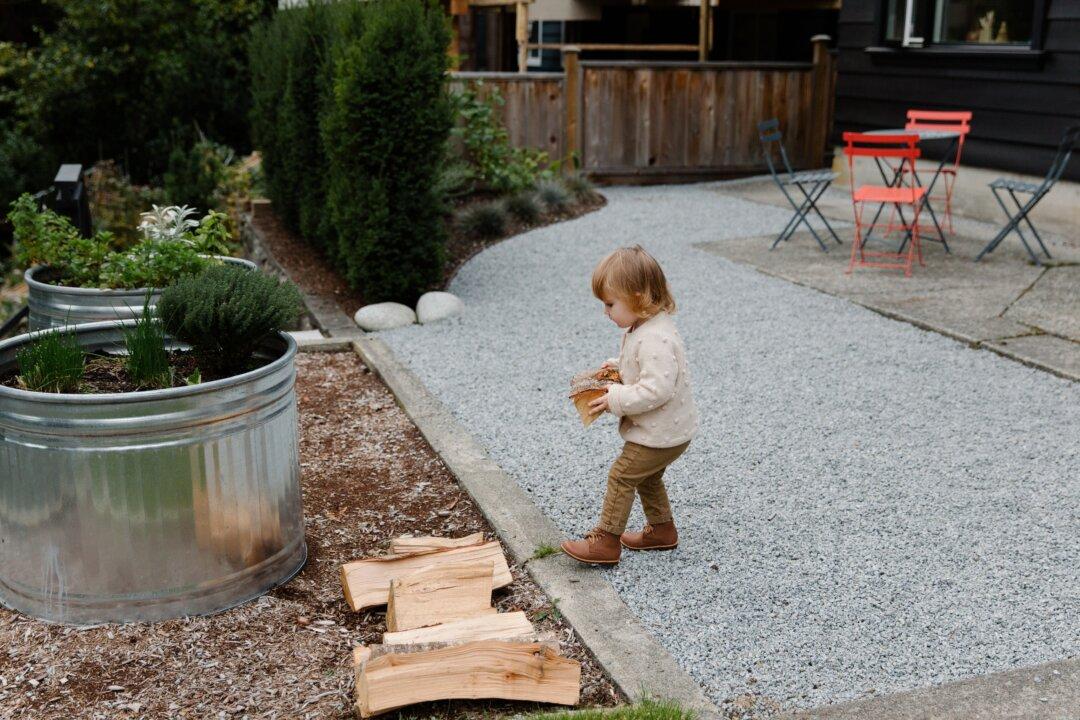Enjoying a morning coffee or cup of tea surrounded by the peaceful harmony of a beautiful, lush garden is a relaxing way to begin any day. It is even more satisfying when you’ve created the environment yourself.
Of course, maintaining that beautiful garden sometimes delivers the opposite of relaxation. If you find your summer months filled with seemingly endless watering and weeding chores, you may consider giving up your outdoor space altogether.





